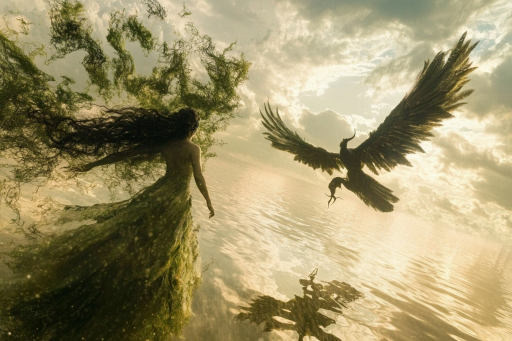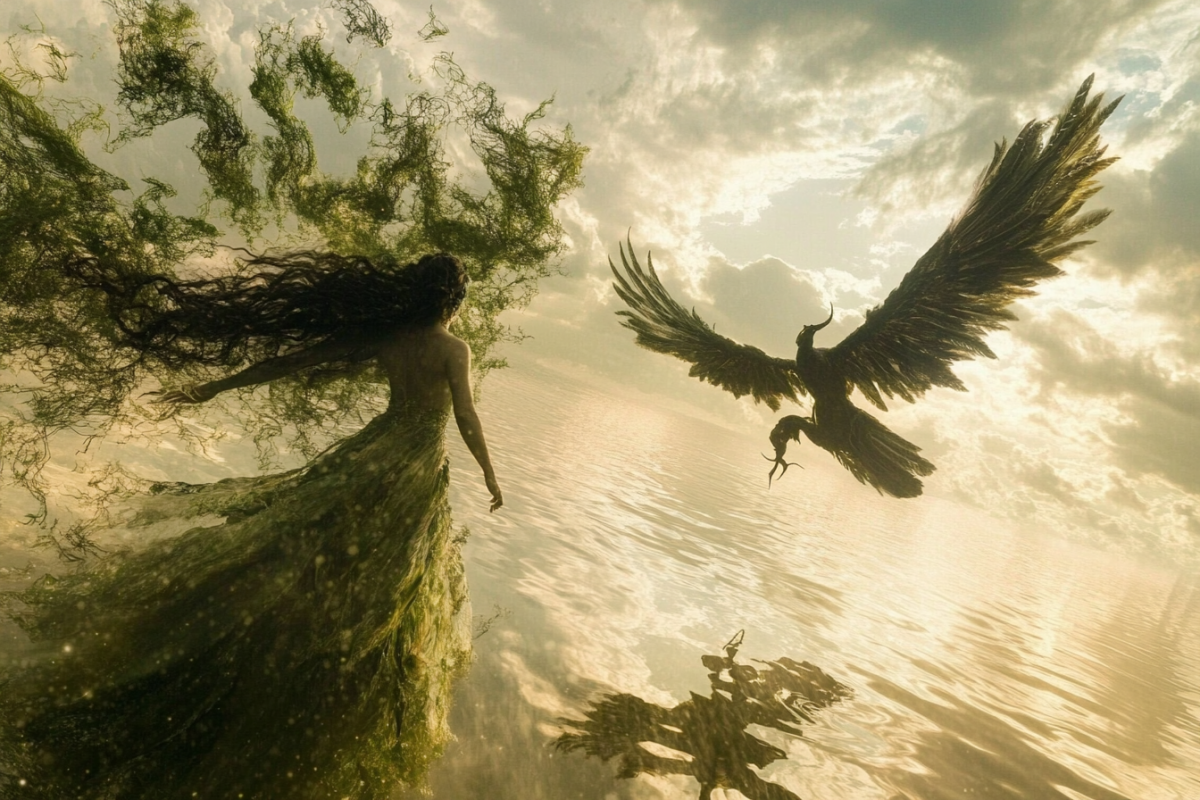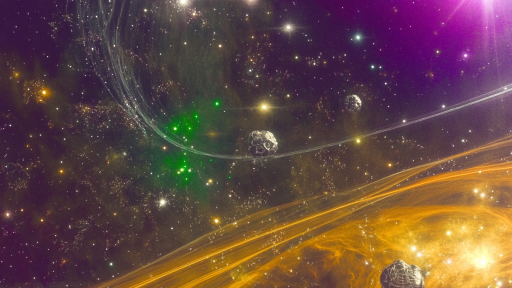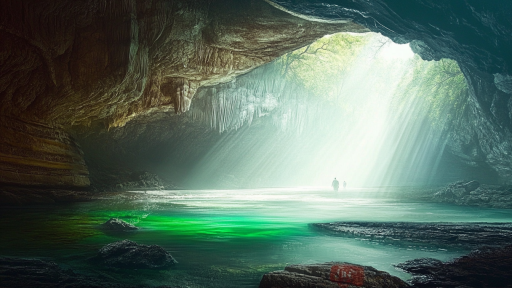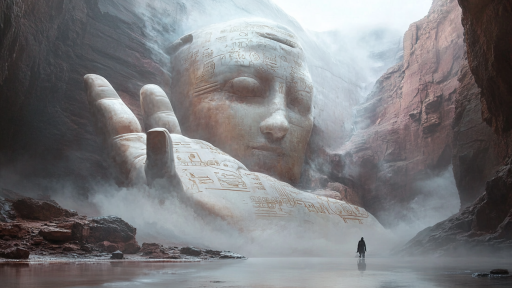
Across cultures and continents, stories of mystical creatures have persisted for generations. Some are protectors, watching over sacred lands, while others bring misfortune to those who cross their path. These legends hold a deeper meaning, revealing the fears, hopes, and mysteries of ancient civilizations. Whether as symbols of power or warnings from the past, these creatures continue to captivate imaginations worldwide.
The Thunderbird – The Sky Guardian of Native American Lore

Among the indigenous tribes of North America, the Thunderbird is said to rule the skies, bringing storms with every beat of its massive wings. It is both feared and revered, believed to control the balance of nature by striking down those who disrespect it. Some legends describe its eyes flashing with lightning, while its cry is said to shake the mountains. Even today, sightings of massive, unexplainable birds fuel speculation that this guardian still soars above the earth.
The Kappa – Japan’s Mischievous Water Spirit

Lurking in Japan’s rivers and ponds, the Kappa is a small, reptilian creature with webbed hands and a water-filled cavity on its head. It is known for playing tricks on unsuspecting travelers, sometimes dragging them into the depths. However, this trickster can be outwitted—legends say bowing deeply forces the Kappa to bow in return, spilling the water that gives it power. While once a terrifying warning for children to stay away from dangerous waters, the Kappa has become a popular figure in modern folklore.
The Chaneque – The Forest Spirits of Mexico

Deep in the forests of Mexico, tales of the Chaneque speak of small, goblin-like creatures that guard sacred land. Travelers who disrespect nature may find themselves lost for days, as if led astray by unseen hands. Some say the Chaneque can steal a person’s spirit, leaving them confused and sick until a shaman intervenes. Whether protectors of the wild or mischievous tricksters, these beings ensure that no one takes the land’s power for granted.
The Bunyip – The Phantom of Australian Billabongs

Aboriginal lore tells of the Bunyip, a fearsome creature that lurks in Australia’s swamps and rivers. Descriptions vary—some say it resembles a massive seal with tusks, while others claim it is part reptile, part mammal, with glowing red eyes. The Bunyip is said to punish those who enter its waters without respect, pulling them under without a trace. Even today, strange ripples and unexplained sounds in the outback’s waters keep the legend alive.
The Púca – Ireland’s Shape-Shifting Trickster

The Púca is a mischievous creature from Irish folklore, known for its ability to shape-shift into a black horse, a hare, or even a shadowy figure. It can bring good fortune to those who treat it kindly, but those who insult it may find themselves taken on a wild, terrifying midnight ride. Some farmers leave offerings to the Púca to ensure their harvest is protected from its unpredictable nature. Whether a friendly spirit or a chaotic force, the Púca remains one of Ireland’s most enduring legends.
The Encantado – The Enchanted Dolphins of the Amazon
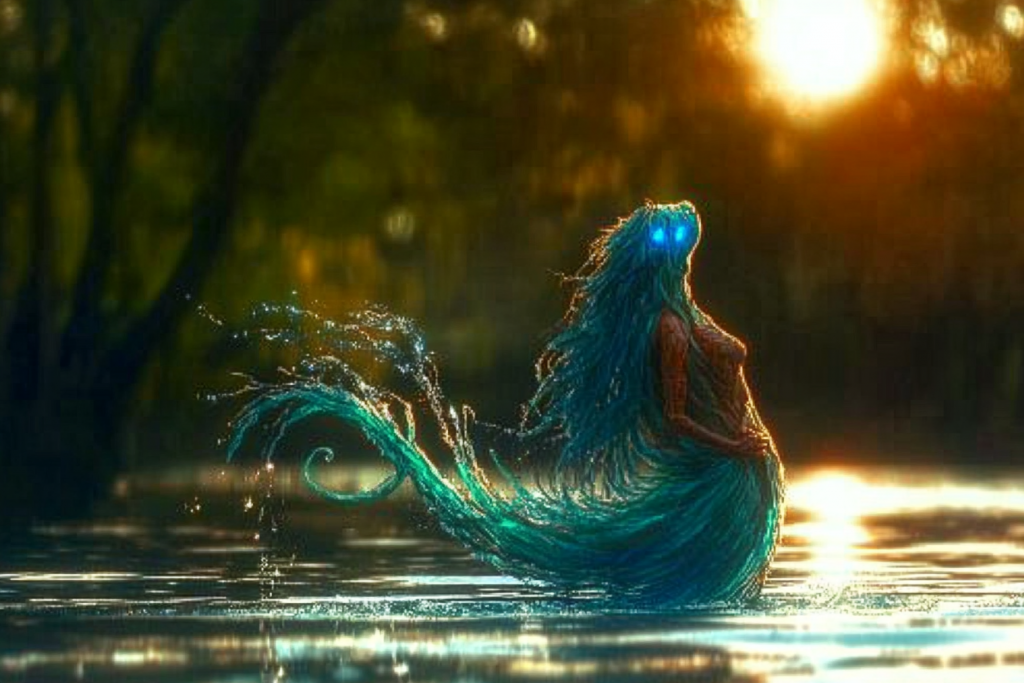
In the heart of the Amazon, stories are told of the Encantado—dolphins that can take human form and walk among villagers. They are said to be seductive and mysterious, luring people to underwater cities filled with music and magic. However, those who follow an Encantado often never return. While some believe these stories serve as a warning against strangers, others wonder if there is truth to these mystical beings hidden beneath the river’s surface.
The Jiangshi – China’s Hopping Vampire

Unlike the European vampire, the Jiangshi of Chinese folklore is a reanimated corpse that hops stiffly in pursuit of its victims. It feeds not on blood, but on the life force of the living. Taoist priests are said to use magical talismans to stop the Jiangshi, placing them on its forehead to seal its power. Sightings of strange, hopping figures in old villages still fuel whispers that some ancient spirits refuse to rest.
The Grootslang – South Africa’s Serpent Elephant

Hidden in the depths of South Africa’s caves, the Grootslang is said to be an ancient beast—a mix of massive snake and elephant, created when the gods made a mistake. Legends say it hoards precious gems in its lair and devours those who dare to seek its treasure. Explorers who have ventured too deep into remote caverns tell of giant slithering shadows and earth-shaking movements beneath their feet. Whether a myth or something waiting to be found, the Grootslang’s legend still haunts the depths.
The Ahuizotl – The Water Terror of Aztec Mythology

The Ahuizotl, described as a dog-like creature with a hand on the end of its tail, was feared by the Aztecs as a bringer of death. It was said to lurk beneath the water’s surface, grabbing unsuspecting victims and pulling them into the depths. The bodies would resurface later, missing only their eyes, teeth, and nails—offerings to the gods. While the legend may have served as a cautionary tale against dangerous waters, some believe echoes of the Ahuizotl still ripple through the lakes of Mexico.
Do They Still Walk Among Us?
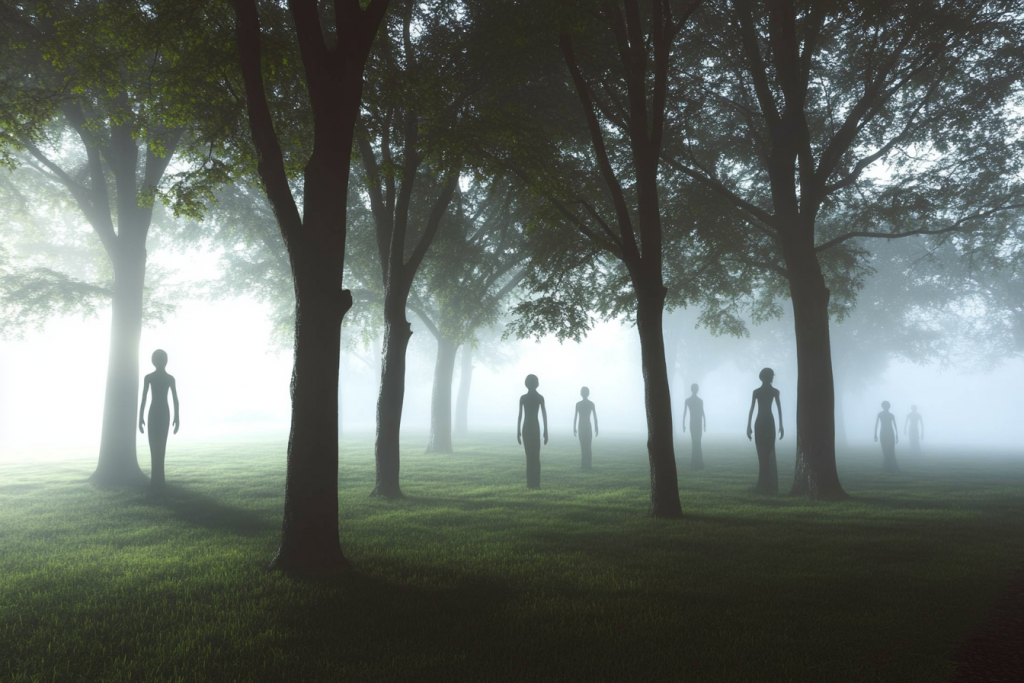
Mythical creatures are often dismissed as folklore, but what if some are based on forgotten truths? Across cultures, similar beings emerge in stories separated by centuries and continents. Could these legends stem from something real—something that once roamed the earth or still does, just out of sight? Perhaps these creatures never truly vanished; we simply stopped looking for them.

